Assembly physically packs using DCs into EAR files.
In Netweaver 7, a SCA (Software Component Archive)
encapsulates an entity with its own lifecycle.
Within each SCA are SDA (Software Deployment Archive)
files built for SDM (Software Deployment Manager)
to deploy on the target server in a way that enables administrators to
track and roll-back (undeploy) updates of components on the J2EE engine.
 The SDM is started by the shell script RemoteGui.bat/sh in the SDM\program directory.
The SDM is started by the shell script RemoteGui.bat/sh in the SDM\program directory.
 The sca command line utility combines a directory of SDA files into a single
software component name.
The sca command line utility combines a directory of SDA files into a single
software component name.
A command-line make utility can bundle or convert into SDA format
EPT (Enterprise Portal Transport) files within a
EPA (Enterprise Portal Archive) file.
 The epa2sda command line tool converts source EPA files with a development name
(of up to 40 charcters) into SDA format for deployment.
The epa2sda command line tool converts source EPA files with a development name
(of up to 40 charcters) into SDA format for deployment.
 The par2sda command line tool converts a
PAR (Portal Archive) into an
EAR (Enterprise Archive) file in SDA format
(with a file name of 40 characters or less).
The par2sda command line tool converts a
PAR (Portal Archive) into an
EAR (Enterprise Archive) file in SDA format
(with a file name of 40 characters or less).
SAP Note 696084 describes how to create SDA files out of EPA and
PAR (Portal Archive)
describes how to create SDA files out of EPA and
PAR (Portal Archive) files.
files.
Each ??? houses a
WDA (Web Dynpro App) file.
using the Generic Creator tool (introduced in EP6 SP2)
with transport configuration defined in pcdStartup.properties and directories for
export/import in /sapmnt/j2eesid/SYS/global/pcd/...
CBS (Component Build Service)
strores build results (archives).
Activation triggers the build process in CBS.

 SAP Netweaver Development Logistics
SAP Netweaver Development Logistics

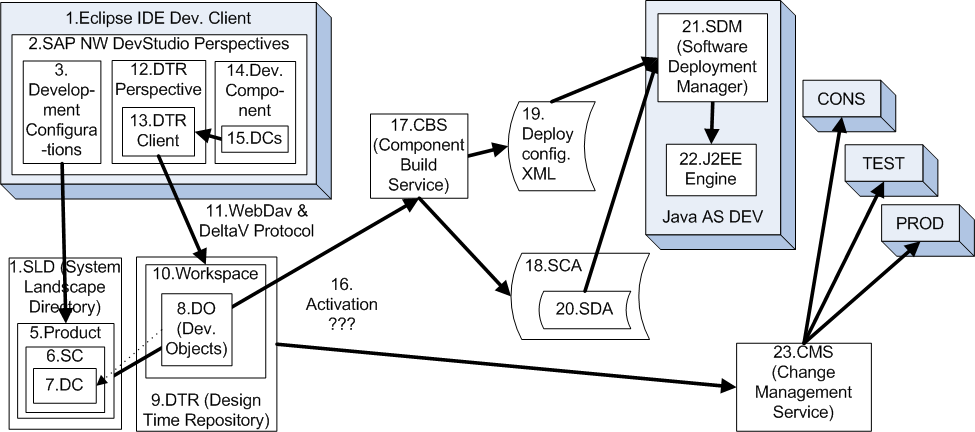
 Create a new project from menu File > New > Project.
Create a new project from menu File > New > Project.
 This cross-reference is original content unique to this website
This cross-reference is original content unique to this website

 To cycle through, press
To cycle through, press
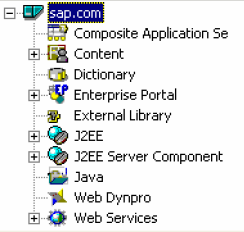
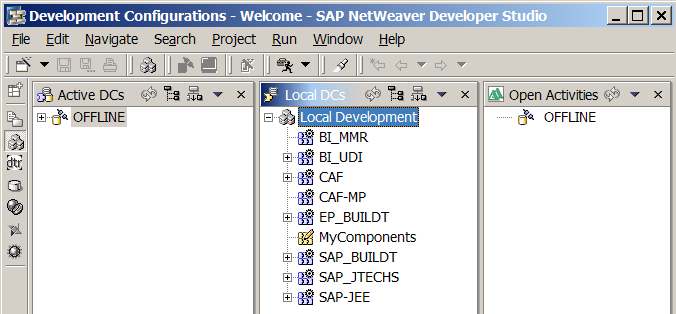
 Instead of creating "Local DCs" (in the default Eclipse workspace in
Documents and Settings\%USER%\Documents\SAP\workspace),
SAP introduces the concept of "Active DCs"
team view which reflects a central repository in the NWDI
which exists outside of the local DevSudio.
Instead of creating "Local DCs" (in the default Eclipse workspace in
Documents and Settings\%USER%\Documents\SAP\workspace),
SAP introduces the concept of "Active DCs"
team view which reflects a central repository in the NWDI
which exists outside of the local DevSudio.
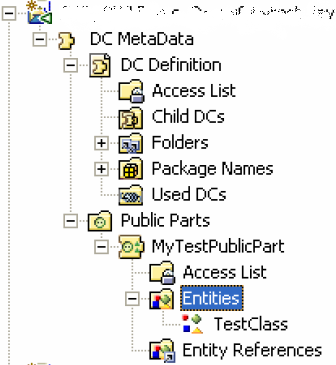
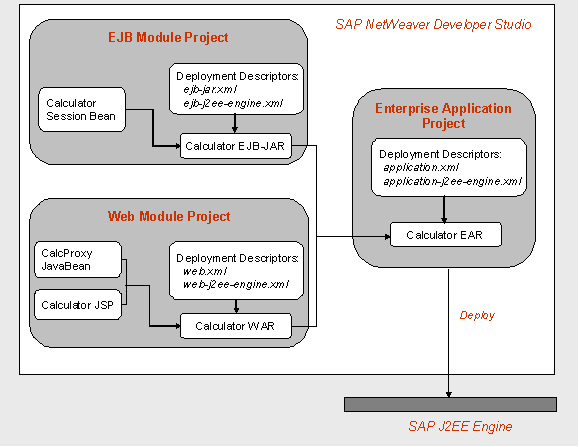 J2EE's MVC (Model View Controller) paradigm means that at least two project files
are created: an EJB Module Project (containing session Bean code) put into a JAR and
a Web Module Project (the View part of the MVC) put into a WAR file.
J2EE's MVC (Model View Controller) paradigm means that at least two project files
are created: an EJB Module Project (containing session Bean code) put into a JAR and
a Web Module Project (the View part of the MVC) put into a WAR file.
 The SDM is started by the shell script RemoteGui.bat/sh in the SDM\program directory.
The SDM is started by the shell script RemoteGui.bat/sh in the SDM\program directory.


